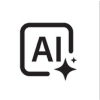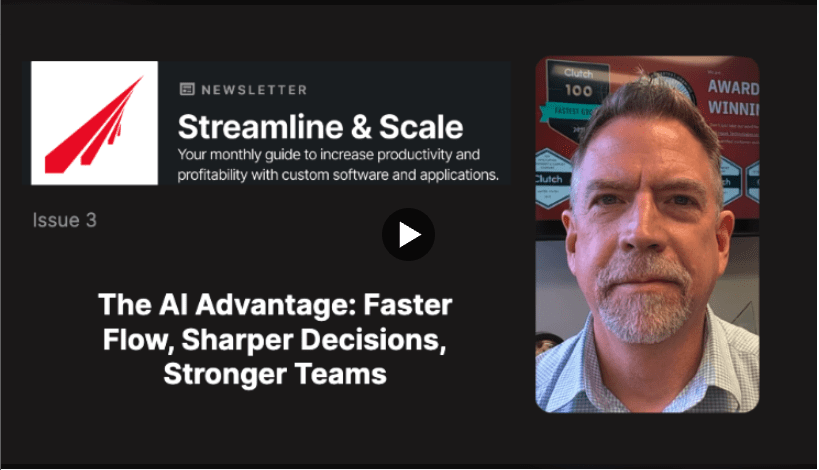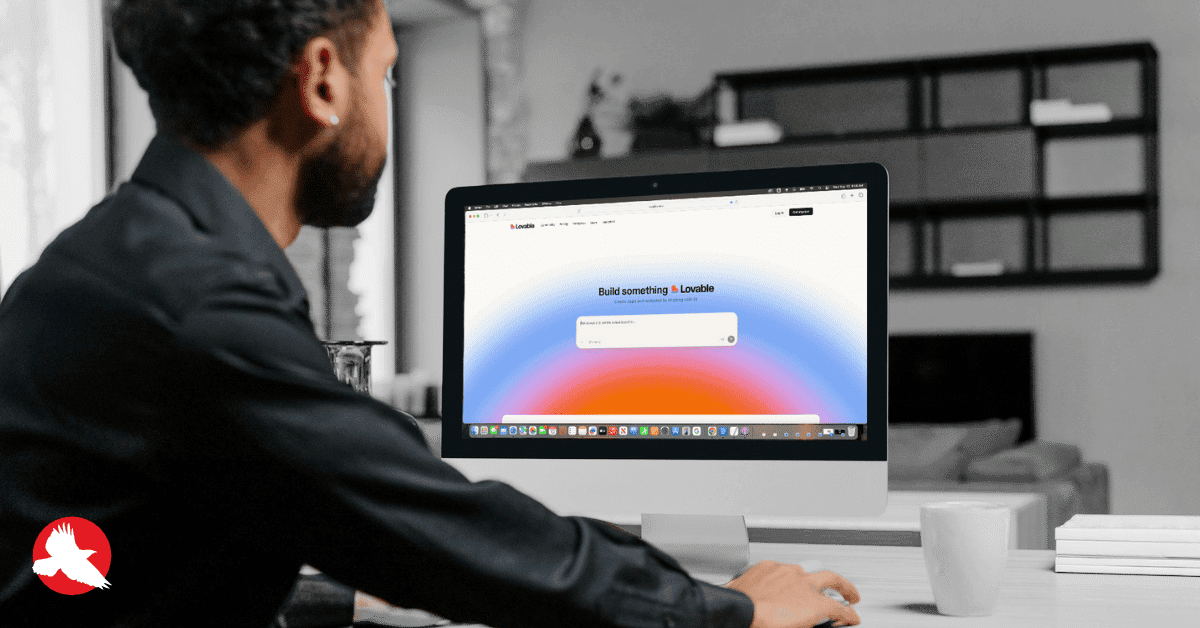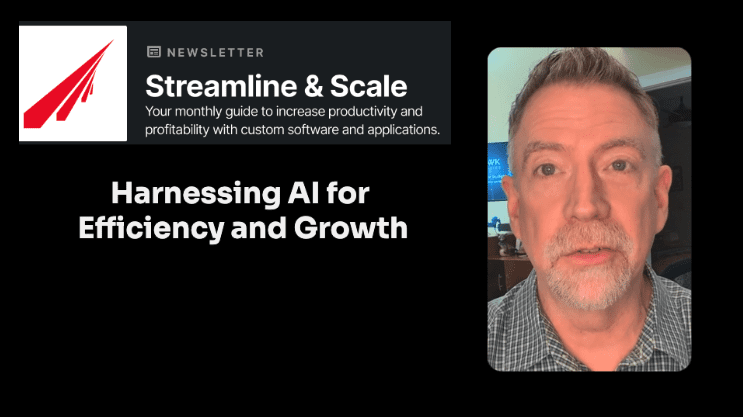 Artificial intelligence isn’t just knocking at the door anymore—it’s sitting at the conference table. Tools like ChatGPT, Gemini, and Copilot are driving incredible productivity gains, but without guardrails, they’re also an open invitation to risk.
Artificial intelligence isn’t just knocking at the door anymore—it’s sitting at the conference table. Tools like ChatGPT, Gemini, and Copilot are driving incredible productivity gains, but without guardrails, they’re also an open invitation to risk.
At Red Hawk Technologies, we’re firm believers in using these tools to move faster and smarter. But we also know this: if you adopt AI without a clear strategy, you’re putting your security, your clients, and your intellectual property at risk.
That’s why an AI Acceptable Use Policy (AUP) isn’t optional anymore. It’s essential. And in today’s world, that means having a clear Generative AI policy at the core of it. This isn’t about stifling innovation—it’s about making sure your people have the freedom to explore AI safely, responsibly, and effectively.
Why Your Business Needs an AI Acceptable Use Policy to Prevent Security Risks
Picture this:
- An engineer pastes proprietary code into a public AI tool to debug it.
- A sales manager uploads a spreadsheet of client contacts to draft a marketing email.
Seems harmless enough. Multiply that across your business, and you’ve got a massive problem. Without clear rules, your company is wide open to:
- Data Breaches You Can’t Undo
Public AI models often train on the data they receive. Feed them client PII, financials, or internal plans, and you’ve just handed it over. A solid AI policy sets boundaries that keep you compliant with regulations like GDPR and HIPAA. - IP Leaks That Kill Your Advantage
Your code, designs, and processes are your edge. Without guidance, employees can give that edge away for free. A policy keeps your trade secrets where they belong—inside your company. - AI Hallucinations and Inaccurate Outputs
AI tools hallucinate. They produce content that looks great but can be, and often times is, flat-out wrong. A good policy requires human review so no one makes critical decisions based on flawed AI output. - Compliance and Legal Risks The laws around AI are still being written. An acceptable use policy helps you stay on the right side of copyright, privacy, and emerging regulations—avoiding fines and legal exposure.
AI AUP Framework: Key Elements Every Business Must Include
Every organization’s policy will look a little different, but here are the essentials:
1. Purpose and Scope of Your AI Policy
Define what the policy is for and who it applies to—employees, contractors, and anyone touching your systems.
2. Approved AI Tools and Acceptable Use
Set up a review process. Audit privacy policies. Decide which tools are approved and which ones are off-limits. Be specific about limitations with regard to tools that train on prompts and context sources.
3. Data Handling Rules
The most important piece. Classify data into buckets:
-
- Public Data: Safe to use.
- Internal and Client Data: Limited use, only in secure environments.
- Confidential & Restricted Data: PII, source code, trade secrets. This should never go into a public AI tool.
4. Employee Accountability and Verification
Make it clear: employees are responsible for the accuracy and quality of AI-assisted work. Human verification is mandatory. They OWN the work, not the AI assistant.
5. AI Disclosure and Transparency Guidelines
Spell out when and how employees should disclose AI usage, both internally and externally.
6. Training and Compliance for Employees
A policy is only effective if people understand it. Require training. Get signed acknowledgments. Make sure everyone knows the rules.
7. Regular Updates
Given the continuous evolution and daily updates of AI tools, it is imperative to maintain current and regularly reviewed AI policies for each tool. When a new tool is vetted and approved, generate an AUP, distribute it and train the end-users approved to use it.
How to Harness Generative AI Safely and Responsibly
“With great power comes great responsibility.” ~ Spiderman
At Red Hawk, we didn’t just start using AI tools—we studied them. We reviewed their data policies, and picked a set of approved tools, and then rolled out Acceptable Use Policies across the company. That’s the blueprint we recommend for every business.
AI is the most powerful business tool we’ve seen in decades. But like any powerful tool, it needs a framework. Without it, you’re exposed. With it, you’re protected and ready to innovate.
A well-designed Generative AI Acceptable Use Policy is no longer optional. It’s the first step in protecting your business, your clients, and your future—while giving your team the confidence to explore AI the right way.
Boosting Productivity with AI—Safely
At Red Hawk, we’re not in the business of writing policies for other companies—but we are in the business of helping organizations harness AI to work smarter, faster, and more effectively. A strong AI acceptable use policy is just the starting point. The real opportunity lies in building systems and processes that boost productivity without compromising security or compliance. If you’re ready to explore how AI can safely accelerate your business, let’s schedule a conversation and see where we can add value.
Clarify and Define Your Big Idea
Use these easy-to-follow presentation slides to facilitate your own tech innovation workshop:
- Explore your vision for a new web or mobile app
- Define your goals and audience
- Outline logistics and required technology
- Move toward next steps in making your idea a reality

Download the Presentation
Reach New Heights
Read more articles about custom software development, mobile applications and technology trends from our team.

Education and Upskilling: Preparing the Workforce for an AI Future





